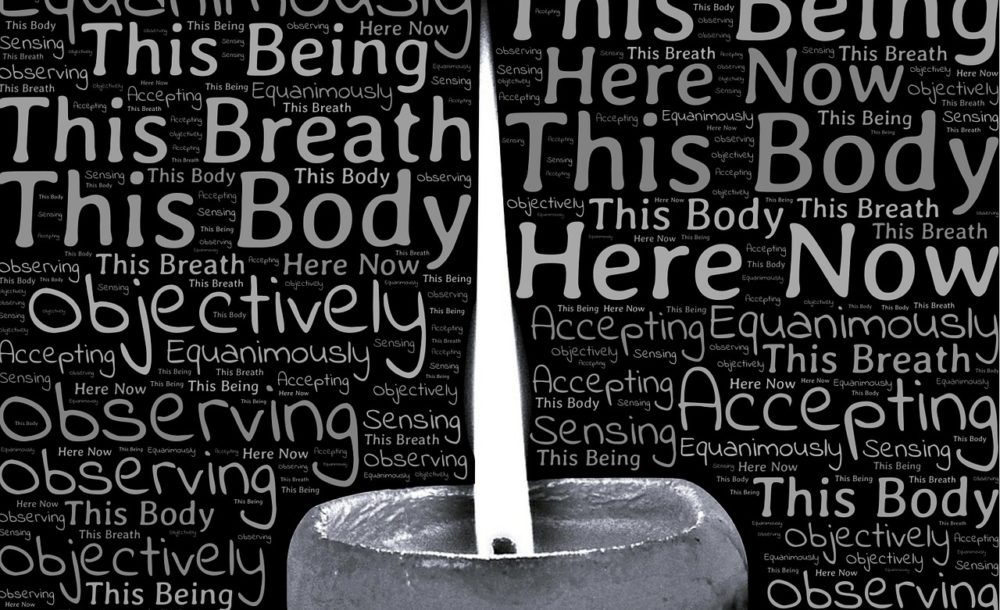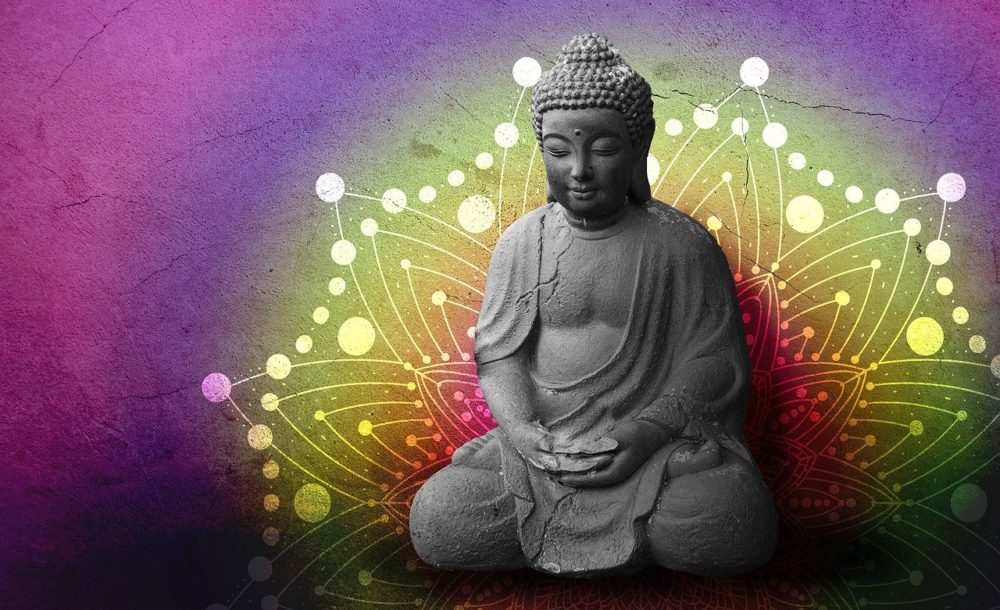Research suggests most people will have one or two panic attacks in their lives and they typically happen between the ages of 15 and late twenties.
For others, they are much more regular and often triggered by thoughts alone.
If you can relate to this, here are 5 ways that you can start to reduce the severity of your symptoms and can even start to ‘nip’ a panic attack in the bud. (PS these are also covered in a video you can watch here)
1. Breathe!
Yes, I know we are all breathing anyway but when panic starts, your breathing changes and this fuels the fight or flight response. However, it is possible to manually over-ride that and flip back into what is called the parasympathetic nervous system – also known as the rest and relax mode.
There are many types of breathing technique out there but my favoured one is simply because it is easy! And when you are panicking, you need easy. It is simply to control your outbreath and breathe out for longer. Think about breathing on a candle flame and making it flicker without blowing it out, and keep the flicker going for as long as you can.
When you breathe in, you will automatically breathe in for longer and then as you start to breathe out again, take that control and breathe out for longer.
Do this for as long as you need to, to start feeling more in control. With your parasympathetic nervous system back in control, you can then move to step 2.
2. Mantra
Mantras are often maligned but they work! Repeating something to yourself (out aloud or internally) is giving your mind something to focus on. Mine is “This too shall pass.”
There are three elements to a good mantra:
– it is short. As above, keep it simple!
– it is in the present tense (ie NOT I will be OK)
– make it believable – your mind is in no mood to be fooled!


3. Visual direction
By now, you will start to have more active control of your mind so time to direct it! The next step is to give your eyes something to focus on. My best tip is to focus on your hands as they are always there. Other options are brick walls, patterns on clothing etc. The aim is to really concentrate – study your nails, jewellery, the lines on your hands etc.
What this is also doing is distracting your mind from the panic which will take your level of control up another gear.
4. Count Backwards
The next step is to up a gear in terms of cognitive ability – ie getting your conscious mind to start firing up again. Counting backwards from 100 will require more energy, again diverting it from the panicking. If you get down to 100 and still feel in a high state of anxiety, start at 100 again.


5. Mindfulness exercise
The last step is to get yourself fully present and back in control. A simple mindfulness exercise is to cycle your attention through your senses. What can you hear? Concentrate on the sounds around you for 10-20 seconds. Then move your attention to your sense of smell. Even noticing there are no scents is noticing something.
Then move to your sense of touch. How does the ground feel under your feet? How do your feet feel in your shoes? How do your clothes feel against the skin of your back? Also take the awareness inside and notice are you cold, hungry, tired…?
And finally focus on your sight – really look around and see what is around you. If outside, look at the grass, or the clouds in the sky. If inside, is there a pattern on the carpet, or the curtains? Really take things in that you never normally give your attention to.
And by now, you should be feeling much more in control.
And after the panic attack
Having a panic attack is massively draining on your mind so it is likely you will be tired.
Be kind to yourself! Take some time to rest and if you can, have a little nap.
I also suggest getting something sweet into you system – ideally not junk food but fruit juice is good for restoring some of the glucose supply that the brain needs to function.
And finally, if you are not already aware of what triggered your panic attack, this is a good time to see if you can work it out – as the more you know about what exposes you to your panic attacks, the more in control you are and where there is control, there is less anxiety!
Please let me know if you have tried any of these techniques already and how they worked for you. Or do you have others that you have found effective?
Please share your ideas as the more techniques people have, the more tools they have to help themselves.
Caroline Cavanagh is an anxiety specialist and hypnotherapist in Salisbury, Wiltshire. She is an author and public speaker and would love to talk to you if you would like to know more about her work
Comment